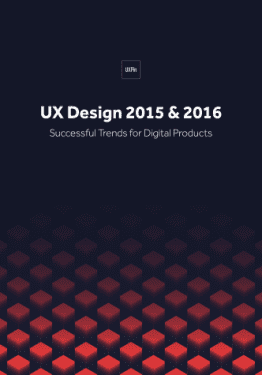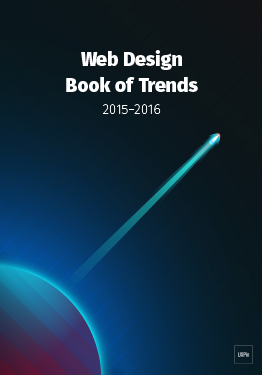Great designers are lifelong learners.
At Springboard, we pair mentors with learners in UX and data science, so it makes a lot of sense for us to counsel listening to your elders.
We compiled a lot of advice from top practitioners in the field for our free Guide to UX Careers.
As a result, we got to interview 11 kickass UX designers to ask them what inspires them–and also what UX advice they’d give to other practitioners.
We collaborated with the team at UXPin to bring you their insights below.
1. Paul Boag
Having worked with the web for over two decades, Paul is a co-founder of web design agency Headscape (which counts Nestle, Macmillan, and several UK universities as clients). He is also a prolific writer and speaker.

Design Inspiration:
My favorite piece of design is the original London Underground Map.
What made this so groundbreaking was that it broke conventions. It rejected the convention of realistically showing distance and location. By letting go of those constraints they were able to create a simple representation of a complex network. For me this is what good design is all about – taking the complex and looking at it from a different angle to simplify it.

Career Advice:
Honestly, I would avoid giving any advice to my younger self because I know I wouldn’t listen to it!
Even if I did, I wouldn’t gain as much value as I did discovering these things myself. The best way to learn anything is through making mistakes and so I would not want to deny my younger self that opportunity. As Winston Churchill once said “success is going from failure to failure with no loss of enthusiasm”.
Don’t listen to anyone, make your own mistakes and then when you fail, get up and try again.
2. Eva Kaniasty
Eva runs her own company (Red Pill UX) based in Boston, is a regular at events of the UXPA, of which she is the President.

Design Inspiration:
I recently discovered Duolingo, an online language learning platform.
I love the UX for so many reasons…it’s a very uncomplicated interface that’s fun and motivating. A lot of apps try to incorporate gamification or community just because it’s the cool thing to do, and it ends up feeling like an afterthought. Duolingo does a great job of using the gaming elements and variation in lessons to keep users engaged.
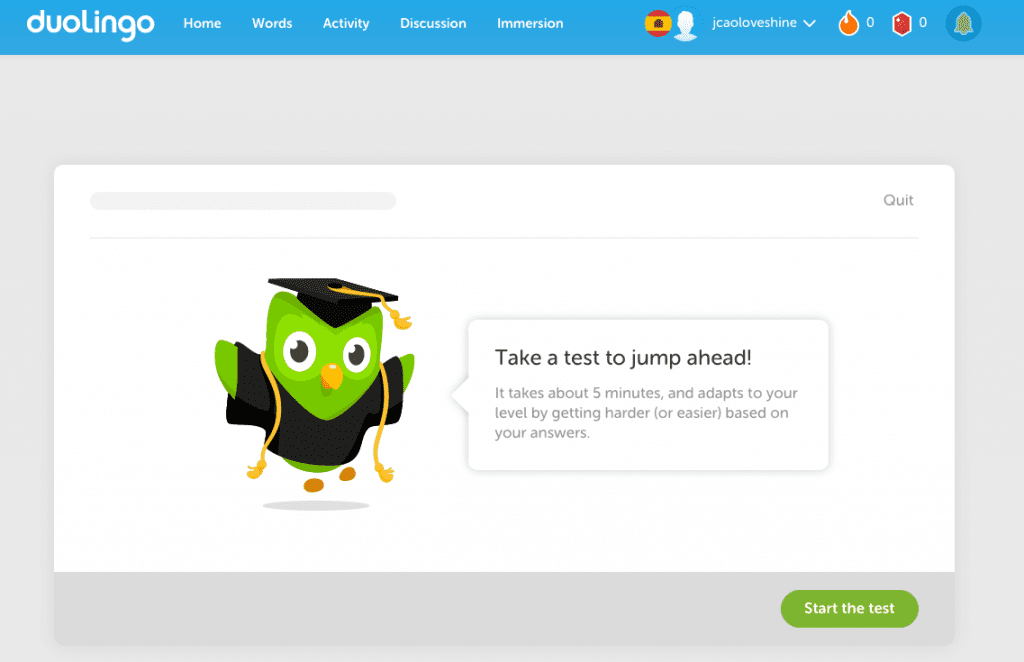
I also love the language immersion part, where users collaborate on translations. Memorization and repetition are innate parts of beginning language learning that can be quite boring, and it’s clear the folks at Duolingo have been very thoughtful in trying to alleviate this challenge.
I often get the feeling that we’ve reached a bit of a plateau as far as consumer app innovation is concerned, so it’s great to see something that’s fresh and spot on.
Career Advice:
Understand that in a collaborative profession like UX, people are more important than skills. If you have an aptitude for research or design, you’ll master those skills in time, but having the right relationships can make or break your career.
When I made my initial career change into high tech, I knew very few people who did the same thing I did. When I went back to school for Human Factors at Bentley University, it was like a whole new world opened up for me. Of course, a big part of it was the learning, but the network of people I ended up meeting was just as valuable.
Today I stay engaged in that community through my local chapter of the UX Professionals Association, and that community is even more important now that I’m doing independent consulting. So meet as many people as you can who are as excited about UX as you are, and ask them for advice.
3. Mike Kus
Having started out with graphic design and then making the move to web-design, Mike has worked with the likes of Twitter, Microsoft, and Mailchimp to create User Experiences that marry form and function.

Design Inspiration:
Hipopotam Studio. I love this site and UI for it’s pure creativity & fun.
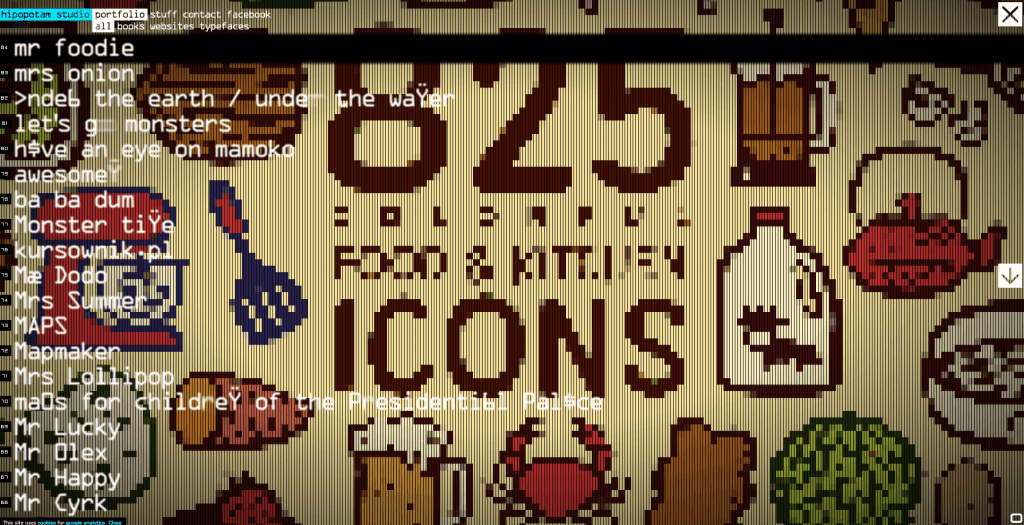
Career Advice:
Learn to separate UI trends from practical/useful UI design conventions. Just because a current trend is widely used, doesn’t necessarily mean it’s the best way.
4. Jack Zerby
Co-founder of Flavors.me and Goodsie, and previously Design Director at Vimeo, Jack says he was hooked onto design the very first time he started up Photoshop while he was in high school and counts his father as one of his primary influences. Nowadays, you can find him at Workshop – a no nonsense entrepreneurship training program for young adults.

Design Inspiration:
My favorite product experience lately has been using the ParkMobile app around town.
Instead of searching around for quarters, getting change from delis, all just to pay a parking meter, I can now just enter in a number found on the meter, set the desired duration and pay the fee. It texts me when my time is almost up, and I can add more money if needed.

Smooth and painless.
Career Advice:
Always consider the final outcome and context for the user/customer. What do they need to accomplish and in which context?
For example, I am trying to install a bike rack on my car and I visit the manufacturers website. The goal is to successfully install my bike rack and get on the road as quickly as possible. The context is, I’m standing outside my car in the hot sun with my kids crying because they want to go to the park now.
Design with those parameters in mind. Know thy user. Just like with successful marketing, understand their pains, problems, frustrations, and use their language to communicate.
Don’t guess and fall prey to designer arrogance (which we all do from time to time).
5. Laura Klein
Laura has spent more than 15 years as an engineer and designer in Silicon Valley. Her goal is to help startups learn about their customers so that they can build better products faster. Her book, and her popular design blog, Users Know, teach product owners what they need to know to do research and design.

Design Inspiration:
I think it is the curse of the UX designer that we only ever notice design that annoys us. Or maybe that’s just me. Whichever it is, I’m always in love with any design that is so simple and integrated into my life that I don’t notice it.
Career Advice:
Get two mentors.
The first one should be somebody older and influential in the field you care about. They will help by giving you perspective and teaching you the sorts of skills you need to get hired by somebody like them.
The second mentor should be somebody a couple years older than you. They will tell you what you really need to know to do the job you’re likely to get. I don’t know what life is like for somebody who is just starting out in tech these days, but somebody who’s only been doing it for a couple of years will have really good insight.
So, find two people: someone to help you get your next job and somebody to help you do your next job.
6. Joshua Garity
Described as a design psychologist and brand strategist, Joshua has worked with companies like Wendy’s and the New York Times to help connect with their customers and increase their revenues. You listen to what he has to say on his blog, Twitter and Candorem, the company he runs.

Design Inspiration:
User Experience surrounds us and extends far beyond the grasp of the digital web. User Experience as a label has to be seen through the perspective of context in designed interaction versus the actual medium or platform.
As an example, let’s take a look at automobiles in general.
It’s assumed that most of the time we spend in our vehicles we would be driving them. When we’re driving the priority, I hope, would be entirely based on the road in front of us. Stay in our lane. Stay under the speed limit. Watch out for other vehicles, pedestrians, or animals. But then we introduced a radio and thermostat. Looking away from the road for even a fraction of a second can lead to a lot of trouble for everyone on the road. So, why don’t the car manufacturers keep that in mind when designing the center consoles? Most have overly robust options, buttons, dials, and even touch screens to change the temperature or radio station.
If User Experience is about the context of interaction, then we need to look at how we can simplify the experience so the user’s primary focus isn’t negatively affected.
Great design guides a user without requiring much thought. Confusion kills.
Career Advice:
Be insatiable. Always be present. Don’t let a label define you or what you look to accomplish in life. Look to everyone and everything for answers even when they don’t seem to relate to the question at hand. You can be anything and everything you want to be.
7. Kevin M. Hoffman
At Seven Heads Design, Kevin ‘solves problems you didn’t know you had’ – which involves not only how humans interact with computers, but also with themselves. His clients include Harvard University, Nintendo, and MTV. You can find him on his website, and on Twitter.

Design Inspiration:
I’m a big fan of the overall user experience of the stock or “Google Play” version of Android, and more recently Android Wear.
I experimented with the possible switch to Android for awhile when the “Kit Kat” version of the software and the Nexus 5 came out, and I haven’t looked back since. There’s a lot of interface choices that I think are great, but my favorite things are anticipatory and in the microinteraction space, such as the different ways you can act with push notifications, or seamless integration with calendaring user needs.
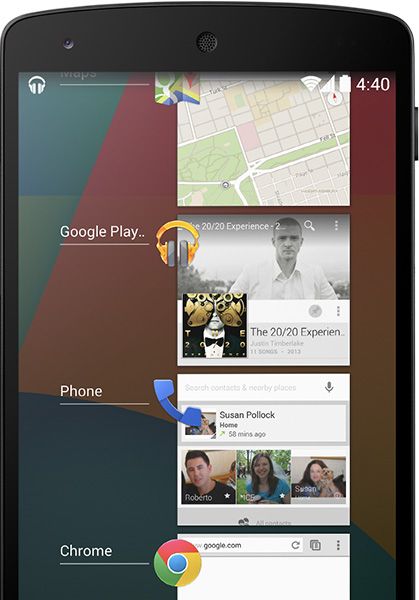
The first time I realized I could let people know I was running late for a meeting with two clicks/touches, I was like “Whoa! That’s useful.” Recently, I’ve been integrating the Android Wear watch, and it only took me about five days for that to become a completely natural part of my life. Now I can fade out of social situations by constantly looking at my watch instead of pulling my phone out of my pocket to check and interact with notifications.
I’m very much looking forward to Android Auto as well. We’ll see what the next iOS is like, but for the time being, I can’t see myself switching back
Career Advice:
“Hey younger self!
You will spend some time idealizing long term goals, and that’s a good exercise. You’ll think about your ideal job, employer, lifestyle, family, and more. But in reality, you’ll get very little satisfaction chasing those things, and you should never wait around for them.
Spend life living.
The most fun is in charting the actual, sometimes smaller (sometimes not) decisions that will confront you whether you want them to or not. Your goal should be getting better at making decisions when they can have the greatest impact on your life, and not any particular ideal.
Also, as much as you can, realize that self-doubt may help you with humility, but not much else. Don’t take yourself too seriously. Exercise more, because dude, what have you done to me? Also, don’t overuse the word ‘also’.”
8. Lis Hubert
Lis has worked with a number of companies, large and small, to create technology products, – like espnw.com and nba.com, that change people’s lives in a meaningful way. She also serves as an Advisory Board Member for Future Insights events.
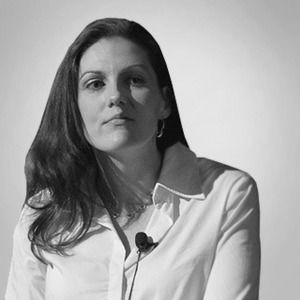
Design Inspiration:
One of my biggest inspirations lately has been public space design in large cities, like New York City, where I live.
I can’t help but notice not just how well designed the larger spaces like Central Park are, but also how convenient smaller spaces are available to the public wherever I look. I also find myself obsessed with watching people use parks, and the fields and courts within them. The reason I look to this ecosystem for inspiration is because in order to make these spaces successful one has to design for the experience of such a large, varied group of people to enjoy, what can be, such an overwhelming and crowded space.

This, to me, is the aim of architecting for a User’s Experience, allowing them to flow, how they decide, through a space, to get an intended result that is pleasing both to the user, as well as to the product owner or designer.
Career Advice:
Chill out, for starters.
One thing about being in our field is that we know the importance of our work, and we want everyone else to know that importance and “get it”. So, many times we find ourselves fighting tooth and nail to get the message out there.
This, of course, leads to exhaustion and deflation. What I’ve realized is that fighting so very hard to imbue my knowledge on those outside of our field is not the point. I’ve also learned that it really doesn’t matter if the business, or the technology team, or whomever “get” what I do at the deepest level.
All that matters is that you are passionate about what you can control, do what you are responsible for (and more if necessary) to see that passion come to life, and that you enjoy the ride as you go!
9. Matt Hamm
Matt is the co-founder of Supereight Studio in the UK and has been designing on the Web since 1998. You can check out his work here or hear what he has to say on Twitter.

Design Inspiration:
Dropbox continues to rule in UX – the app is very seamless.
Good UX design should appear to be invisible. Dropbox impresses me with the onboarding experience, attention to detail, and thinking differently rather than copying patterns to make it completely intuitive.
Career Advice:
Document everything!
Having an extensive reference of well ordered UX design to browse through helps you learn and also find solutions to problems as your reference builds. Remember to document real-world experiences too, these patterns can be referenced too.
10. Pavel Macek
Currently a Product Designer for Slack, Pavel says that he ‘does give a sh*it about people’, and this translates into his work – designing and building delightful things enjoyed by many. Follow him here.

Design Inspiration:
For me, one great example of UX design is Technics turntable SL-1200, which has been sold for 35 years without major modifications. It’s still the most popular turntable for DJs, producers and musicians.
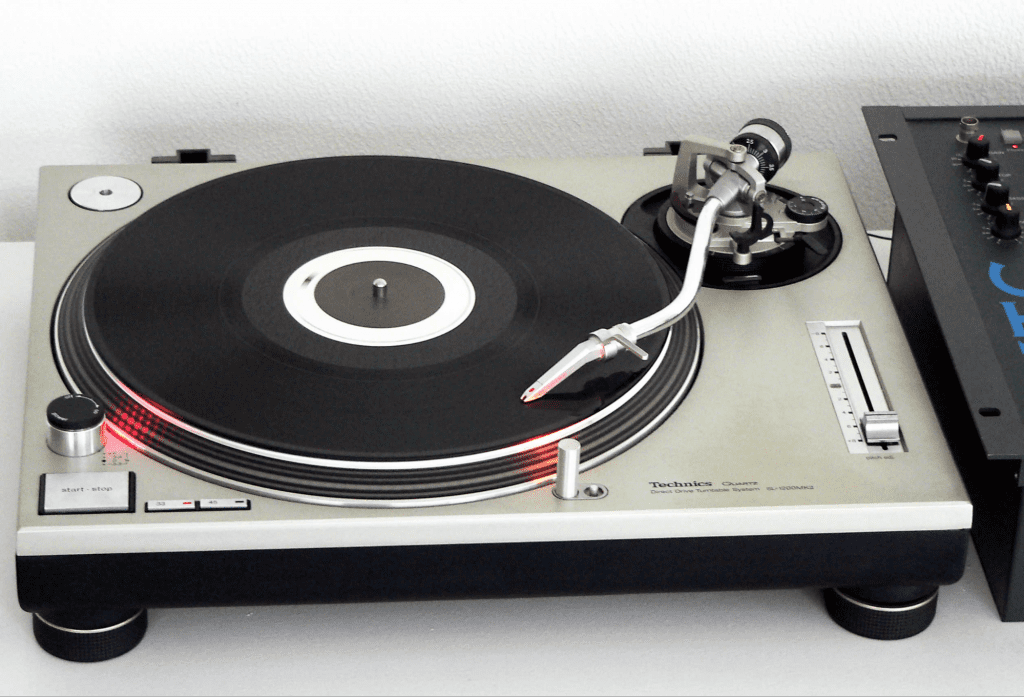
It demonstrates functional design at its best and the importance of coupling thoughtful design with precise execution. I think that the ensuring the best possible execution is very often forgotten part of a UX designer’s responsibility, but it ultimately defines the success of the product.
Career Advice:
Don’t get lost in all the design methodologies and design patterns. It’s important to learn about design frameworks and have rigid design process, but the start is always very simple: Who am I designing this for? What does he need to achieve? How can I help him to achieve that?
Then it’s just a matter of iteration and learning what works and what doesn’t.
11. Robert Fabricant
Robert specializes in design for health-care and social innovation. He recently led Project Masiluleke, an initiative that harnesses the power of mobile technology to combat HIV/AIDS in South Africa. He has previously held the position of Fellow at the prestigious global agency frog design. He also teaches, gives talks, and writes.
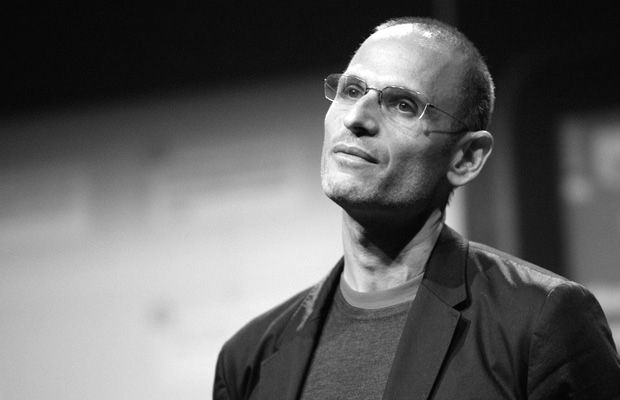
Inspiration:
I am continually inspired, provoked and challenged by the NYC subway system as an amazing, multi-faceted user experience.
I have been a subway rider for (at least) 45 years. You can’t truly know or appreciate the value of an experience unless you have lived with it, and lived with it over an extensive period of time.
Too many of the user experiences we celebrate are transient – apps that will likely not be in our phone in another month much less year. The subways are here to stay, and improvements are measured in pixels, people and steel. This sort of design is slow hard work.
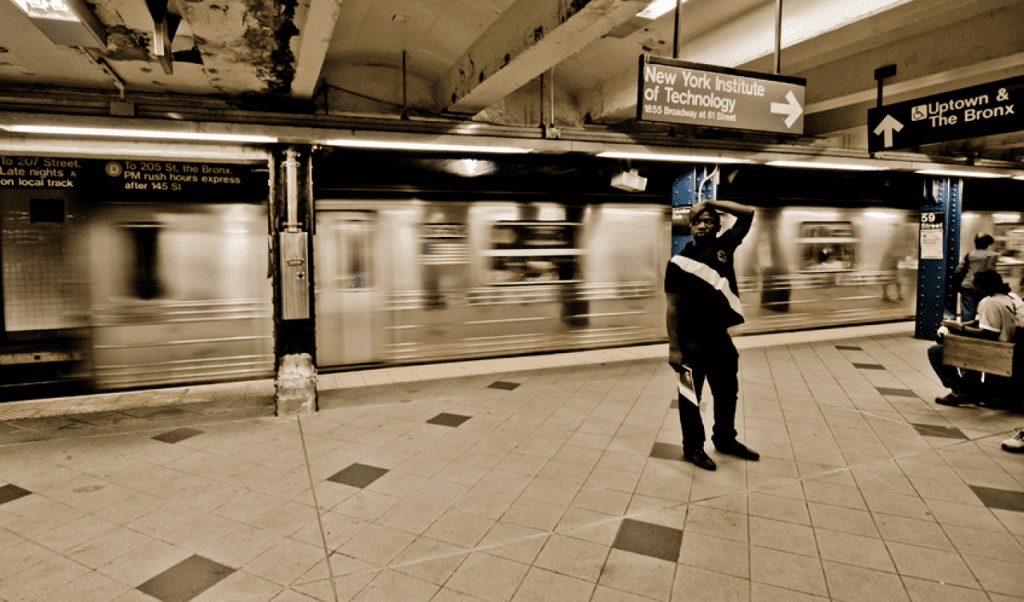
Yet change is constant. As a resident of NYC there are few systems that are more important to “learn” than the subway. But where does the experience begin and end? It is not simply contained in the stations, trains and turnstiles.
In recent years the subway system has become a platform for experimentation, both authorized and improvised. Recently, large touch-screen information displays have started popping up on the Union Square platform. It is fascinating to watch people interact with them for the first time, peeling back one more layer on an experience that connects so many of us together in this great city (yes it is my home town).
As UX designers we should be thinking – and crafting – experiences on a big scale. What better than a city, where data and mobility are beautifully intertwined, and where we can constantly explore (and enjoy) the seams between our own experiences and those around us?
Career Advice:
I love to talk to designers about the first moment that you put your design in front of a person to explore, experience and (hopefully) enjoy.
In that one moment, even before the person actually engages with the artifact, you always see it differently. It is like the old expression about the ‘scales falling from your eyes’. You suddenly see (and know) so many things that were just outside your understanding, planning and intuition.
Those moments are precious – very, very precious – as well as humbling for every designer, no matter how accomplished.
Design is not precious in comparison, so try to make as many of these moments as possible happen on your projects. You don’t need to ask for permission!
Working at frog for 13 years, I had the pleasure of being in those situations over and over again with many different teams – Close Encounters of the Design Kind.
Quality is always, and only, measured in the response the artifact elicits – in how it engages, delights and supports the user.
Behavior is our medium. Never forget it.
Additional UX Advice
For more UX best practices, check out the free Definitive 2016 UX Design Trends e-book bundle below. You’ll get 350+ pages of advice and 300+ examples of mobile, web, and UX tactics.

